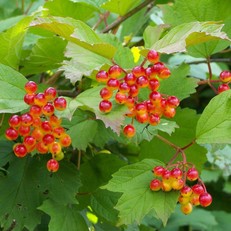
Cramp bark has been used over the centuries for a variety of reasons. It is helpful in relaxing muscular tension and is most thought of as a women’s herb for helping with painful menstruation. In addition, there are lots of other traditional uses that show it relieves spasms elsewhere in the body.Historically, Native American’s used it effectively in relaxing cramps and spasms of all kinds including arthritis and joint pain. Cramp Bark can relax the muscles, so t...he blood can flow throughout them and release toxins like lactic acid, to help restore normal function. Also, it has been used for migraine, indigestion and bowel disturbances where cramping is the key factor. Another use is to lessen the discomfort of a urinary tract or bladder infection which is often accompanied with frequent and painful urination. It can offer relief from the pain and decrease the frequency to urinate as well. Keep in mind the infection will still need to be addressed and treated.
Traditional Herbalist’s find Cramp bark is the herb that many reaches for to relieve painful menstrual cramps and is considered a uterine decongestant. Uterine congestion can also be associated with endometriosis, fibroids and ovarian cysts. Other uses for it, is to help relieve spasmodic pains in the abdomen, uterus, ovaries, back, stomach, intestines, flooding menses, menopause, polymyalgia, nervous irritability, bronchitis, asthma, and muscular rheumatism.
Traditional Herbalist’s find Cramp bark is the herb that many reaches for to relieve painful menstrual cramps and is considered a uterine decongestant. Uterine congestion can also be associated with endometriosis, fibroids and ovarian cysts. Other uses for it, is to help relieve spasmodic pains in the abdomen, uterus, ovaries, back, stomach, intestines, flooding menses, menopause, polymyalgia, nervous irritability, bronchitis, asthma, and muscular rheumatism.
 RSS Feed
RSS Feed